Eastern France: Fewer pigs, a better eye for details
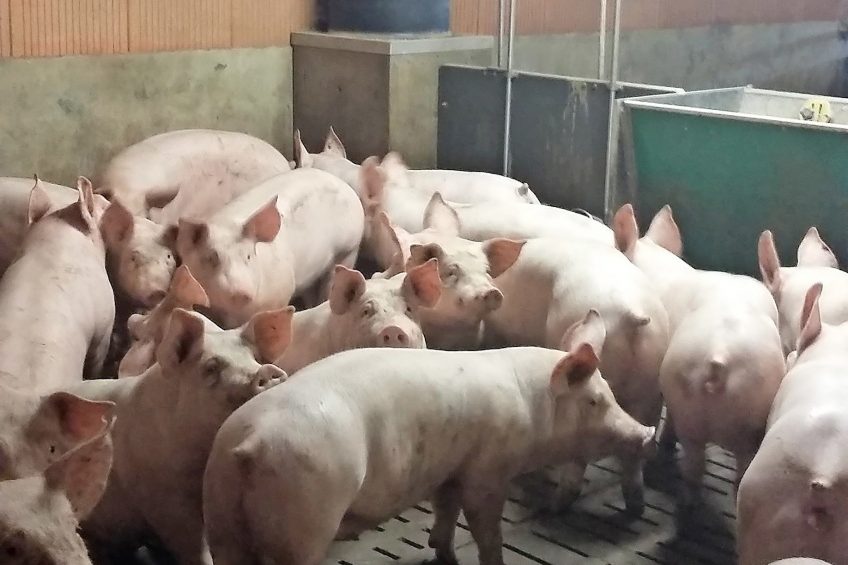
Think of ‘France’ and ‘pigs’, and the name of Britanny is not far off. Yet not all pigs are produced in this western region. In the east of France, pig production is not a matter of economy of scale. Pigs are often just one of the farm’s businesses that comes with a better eye for details and high valorisation.
In a way, Gaec des Mirtanges farm is exemplary in terms of pig production in the east of France. In comparison to the pork powerhouse Britanny, where the vast majority of swine can be found in France, pig sites in eastern France are smaller and are usually part of diversified farms, which tend to focus mainly on arable production.
Gaec des Mirtanges is such a diversified farm, located in Saint-Cyr-sur-Menthon, a town about 50km north of Lyon, France. The farm employs in total 6 people, most of which are family members. Apart from (of course) pigs, the farm also includes a dairy herd of 150 Montbéliarde cattle, which together produce 1.4 million litres of milk per year. In addition, the farm has about 380 ha for crop production.
Pig unit
Marc Paccaud is responsible for the farrow-to-finish unit of 170 sows. He says, “Pigs have always been present on the farm. We started in the early1970s with 25 sows to produce and market piglets.” In 2001, a post-weaning house for 600 places and a finishing unit of 1,000 places were built. Mr Paccaud is hoping to retire once a buyer for his farm has been found.
The genetics of the farm are composed of Naïma sows (Choice Genetics) and of Piétrain boars. The pig unit is managed in groups of 20 sows every three weeks. A multiphase dry feeding for finishing (four feeds from weaning to finishing) helps the farmer to optimise costs and technical performances.
Exemplary for pigs in eastern France
Another difference between Eastern France and Britanny: there is a better valorisation of the total pig carcass, as local processing companies have great knowledge of pig meat. In fact, this is similar to pig production in the Basque Country, which is partly located in the south-west of France.
In order to get the most out of the pigs, Gaec des Mirtanges is frequently in touch with various organisations and cooperatives in the area which help the farm’s business move into the right direction. Closest to home is the Sirepp group. This is a group of 59 pig producers spread out over several departments in eastern France: Ain, Saône-et-Loire, Rhône, Loire, Haute-Loire and Côte-d’Or. For all these farmers, pig production takes place in larger livestock farms producing crops as well, like e.g grains, maize, rapeseed and soybeans. In total, annually the group produces 75,000 finishers, 35,000 piglets and 2,000 replacement gilts.
Being part of Sirepp helps the farm in many ways. The group has several working agreements with Soréal, a large local agricultural organisation. Soréal’s main goal is to manufacture and deliver animal feed, but its activities go far beyond that. Soréal also provides technical follow-up for the pig farmers, genetic supply and even plays an important role in the marketing of the slaughtered pigs. More about Soréal can be read in the box Soréal – for nutrition and more.

Tunnel marketing agreement
In order to achieve high valorisation, another set of organisations come into play. When at slaughterweight, the finishers are sold to two slaughterhouses (Les Crêts and Tropal) in the nearby city Bourg-en-Bresse, 25km from the pig unit – more about one of them later in the article.
In this part of France, the pigs yield about € 0.15 – € 0.18 extra when compared to the reference price paid in Britanny. Mr Paccaud says, “Pigs must have a maximum carcass weight of 95kg for Les Crêts and 92kg for Tropal, with a minimum muscle rate* of 59.”
For about five years now, even a marketing agreement has been in existence between slaughterhouses owned by Les Crêts, Soréal and Sirepp. This allows producers to choose to receive an additional price, depending on the current feed price and the Britanny reference price for pigs. This meant that, until April 2017, Sirepp members received an additional price of € 0.02/kg carcass. As the market conditions have recently become more favourable, pig farmers had to pay back € 0.02/kg to the slaughterhouse.

A nice example of valorisation of a pig’s carcass is when producers feed their pigs with ‘milk serum’ (at least 15% of the dry matter of the ration). In that case, they receive an additional price of € 0.015/kg carcass for the valorisation of the pork in the Morteau sausage production.
Mr Paccaud says: “I appreciate working with local slaughterhouses. We managed to get through periods of crisis and my buildings built in 2001 are at the end of depreciation. Another advantage of our region is that we have enough surface to spread the slurry of the pig farm.”
Gaec de Mirtanges, France
Gaec de Mirtanges farm is located near the village Saint-Cyr-sur-Menthon, close to Mâcon in eastern France. Apart from pigs, the farm has plenty of arable land and 150 Montbéliarde dairy cattle. The farm is a farrow-to-finish site for 170 sows. The pigs are sent for slaughter at 116kg. Post-weaning Average Daily Gain (ADG) is 750 g/d; Feed Conversion Rate is at 2.58, with a post-weaning mortality at 5%. The farm sells 25 pigs per sow per year.
A visit to Les Crêts slaughterhouse
As said, for a large part of the pigs at Gaec de Mirtanges, the next stop is the Les Crêts slaughterhouse in Bourg-en-Bresse. This slaughterhouse is part of the Carrel Saprimex group, which slaughters 420,000 pigs a year at three sites. Tropal also belongs to the group, and so does Europagro in Valence.
Pivotal in the entire process of valorisation is Christophe Bernigaud, site manager at Les Crêts slaughterhouse. His role is to deliver carcasses to customers within 24 hours. The feet, for instance, are sent to China with a distinction between the front feet and the rear feet. Valorised neck bones and cartilage are exported to Gabon.
He explains, “Two thirds of our pig supplies come from the region and one third from other French regions.” The facility processes 240,000 pigs a year, 20% of which is exported to three main destinations: the Philippines (chest), Italy (heavy hams, chest) and China via Hong Kong (feet, cartilage, neck bone). In the meantime, the meatpacker is waiting for approval to export directly into China.

Soréal – for nutrition and more
Soréal is the French abbreviation of the ‘Regional Society for Animal Feed’. The organisation is headquartered in Vonnas, Ain department, and is as such located at the crossroads of regions marked by a strong tradition of high-quality cured products such as Morteau, Montbéliard or Ardèche sausages. Soréal has 6 shareholder cooperatives and three feed production sites. Of a total 330,000 tonnes of feed produced in 2014-2015, pig feed accounted for 26% of the total.
Through subsidiaries, Soréal is also active in pig breeding and trading (through a subsidiary called Massard), in pig logistics (through Logivia), and in pig and pork quality control (through Qualiteam). Massard owns three breeding farms: the Multiporc Choice Genetics selection farm (550 sows and 1,200 testing places), the brand new Clermidy pig farm in Montracol (1,700 finishing places for male piglets coming from Multiporc) and the Villette pig farm in Saint-Germain-sur-Renon (1,600 finishing places of male and female piglets from Multiporc).
Producing tailor-made cuts
Essential for the company is knowing how to produce tailor-made cuts for every customer. Mr Bernigaud says, “We have to meet the requirements of our customers with professionalism and respect for the many specifications that characterise both a highly segmented regional market and international demand.”
The cutting unit has four lines (ham, chest, shoulder, loin), with constant attention to service and ham preparation, as there are about 20 different ways to do it. Mr Bernigaud says, “If it were not for the service, our clean vehicles, our punctuality in delivery, our export business would be dead.”
* The ‘muscle rate’ corresponds to the percentage of muscle in four main cuts: hams, kidneys including filet mignon, shoulder and breast.
 Beheer
Beheer


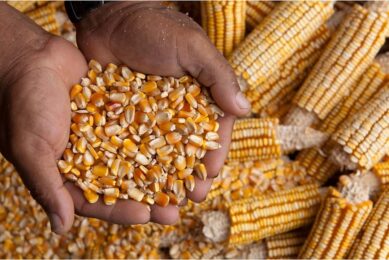
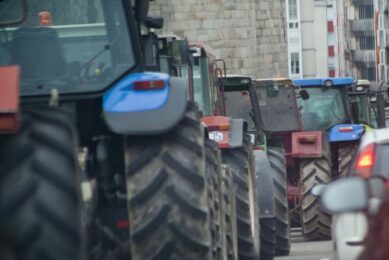
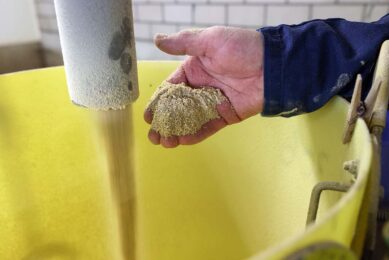
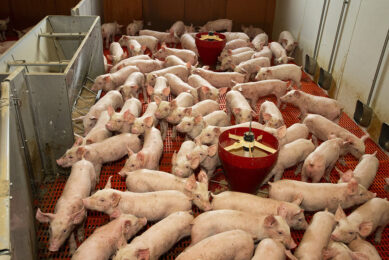



 WP Admin
WP Admin  Bewerk bericht
Bewerk bericht